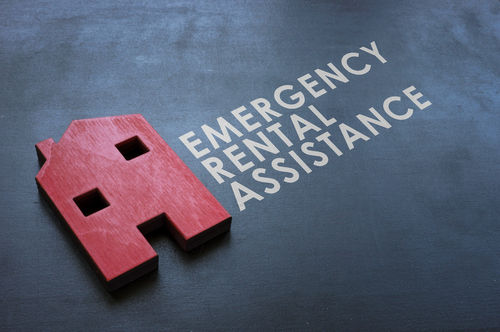Funds delivered to households through the U.S Treasury’s Emergency Rental Assistance (ERA) program are reaching the people it should — underserved and vulnerable communities, according to an analysis by the Treasury.

The Treasury found that over 80 percent of ERA assistance was delivered to very low-income households, those earning 50 percent of area median income and below. It also showed that the programs are equitably serving Black and Latino households. Specifically, in the fourth quarter of 2021, more than 40 percent of all primary applicants receiving assistance self-identified as Black, and more than 20 percent self-identified as Latino. Further, female-headed households made up close to two-thirds of ERA beneficiaries.
“When we began implementing the Emergency Rental Assistance program, one of the goals was to use the resources to prevent an eviction crisis that would hit our country’s most vulnerable families. A year later, Treasury is pleased to report that the vast majority of rental assistance has gone to keeping the lowest-income families in their homes during the pandemic,” Deputy Secretary Wally Adeyemo said. “This wasn’t by accident, and we continue to use every lever to ensure these funds are distributed equitably and encourage state and local grantees to increase ease of access.”
Overall, ERA grantees made 3.8 million payments to eligible households and spent or obligated more than $25 billion across ERA 1 and ERA 2 last year.
Treasury has taken numerous over the past year to ensure ERA funds reach the people in most need of help. One way it has done this is by encouraging state and local ERA programs to reduce unduly burdensome documentation requirements and to deliver assistance directly to renters in cases where landlords would not cooperate. Treasury has also encouraged grantees to adopt practices such as using data-driven strategies to reduce documentation burdens, inform outreach efforts, and make applications multilingual and mobile-friendly.
In addition, Treasury targeted outreach to reach vulnerable and harder-to-reach communities. This included convening some of the nation’s leading faith organizations to encourage sign-up drives within their congregations and supporting labor unions and advocacy organizations’ mail and SMS multilingual outreach efforts. Treasury officials also participated in interviews with Black and Spanish media.
Further, the White House held a national awareness day that included participation from other federal agencies, and private sector and non-profit entities such as PayPal/Venmo, GoFundMe, Square, National Low Income Housing Coaction, Children’s Defense Fund, United Way, and many others.
Treasury is encouraging states and municipalities to make long-term investments to build on the infrastructure created through the implementation of the ERA program.